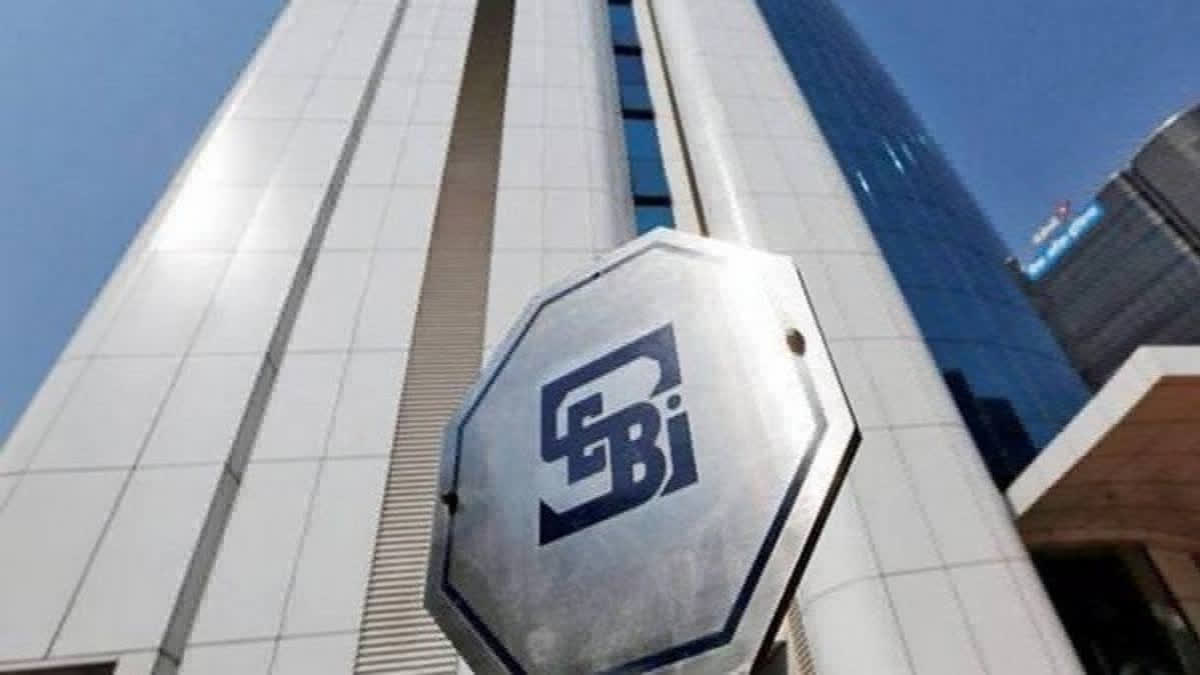New Delhi: Sebi on Wednesday introduced a liquidity window facility for investors in the debt securities through a stock exchange mechanism. The liquidity window facility allows investors holding listed debt securities to sell them back to the issuer using a put option on specific dates, ensuring liquidity.
This facility, available from November 1, will be of immense utility to investors, especially retail investors, and can serve to enhance their investment in such debt securities, Sebi said in a circular.
The regulator observed that corporate bonds are seen as illiquid because many institutional investors hold them until maturity, leading to low trading activity. To improve liquidity, especially for retail investors, Sebi introduced a framework where issuers can offer liquidity window facility.
Under this, issuers can choose whether to offer this facility for debt securities at the time of issuance. It applies to new issuances of debt securities, either through public offers or private placements. Sebi said that the facility requires board approval and monitoring by the Stakeholders Relationship Committee (SRC) or an equivalent board-level committee. It must be transparent, objective, and non-discriminatory toward eligible investors.
The facility will be available for a year after the issuance, and securities under this scheme cannot be re-issued, with such ISINs excluded from regulatory ISIN limits. Sebi said that issuers may restrict eligibility to either all investors or only retail investors, provided they hold the securities in demat form.
At least 10 per cent of the issue size must be allocated for the liquidity window, with sub-limits capping the number of securities tendered per window; if demand exceeds the limit, acceptance will be proportionate. The window will remain open for three working days and can operate on a monthly or quarterly basis, with notifications sent via SMS or WhatsApp at the start of the financial year.
Investors can exercise the put option by blocking securities in their demat accounts during trading hours, with the option to modify or withdraw bids. The settlement will occur within four working days, with payments made one day after the window closes, and issuers cannot offer more than a 100-basis-point discount on the valuation plus accrued interest.
Issuers are required to manage the purchased securities within 45 days, either selling them on exchanges or extinguishing them, with any sales replenishing the usage limits for future windows.
Reports on window usage are required to be submitted to stock exchanges within three working days, and issuers must disclose ISIN-wise details, such as outstanding amounts, coupon rates and schedules, on their websites and update stakeholders within 24 hours of changes.



